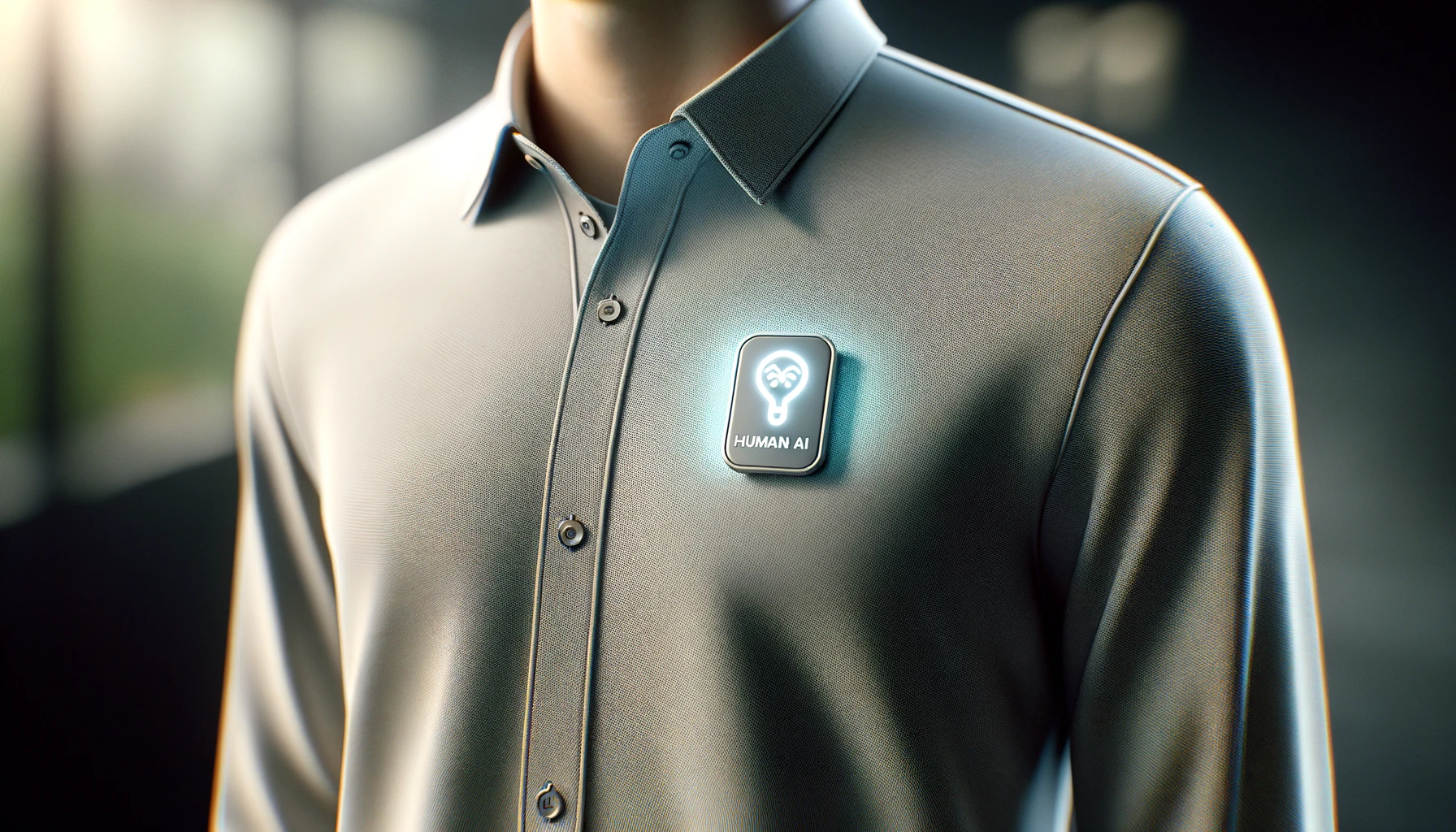The tech world is abuzz with anticipation and apprehension as the highly awaited launch of the Humane AI Pin faces unexpected delays. Positioned as a groundbreaking addition to the realm of personal AI devices, the Humane AI Pin promises to revolutionize the way we interact with technology. With its sleek design and innovative features, it aims to redefine the concept of smartphone convenience. However, amidst the excitement, questions linger about its practicality and functionality as a true smartphone replacement.
Exploring the capabilities of Humane AI Pin
Following its unveiling in November of last year, the announcement of the Humane AI Pin captivated considerable interest, sparking the intrigue of technology aficionados across the globe. At the Mobile World Congress 2024, fortunate attendees were granted the firsthand opportunity to delve into the potential of this groundbreaking device.
Characterized by a melding of futuristic aesthetics and practicality, the Humane AI Pin enthralled audiences with its diverse AI capabilities. Ranging from basic smart assistant directives to more sophisticated functions such as instant image analysis and culinary suggestions based on available refrigerator contents, the device exhibited a myriad of features meticulously crafted to streamline daily routines and elevate overall user engagement.
Technological innovation versus practicality
Although the Humane AI Pin showcased remarkable technological advancements, apprehensions arose regarding its feasibility in practical application. By eliminating conventional smartphone diversions, the device sought to provide an undistracted and efficient interface. Nevertheless, this approach posed the risk of stranging users accustomed to the comprehensive functionality of an integrated smartphone system.
The dependency on web browsers for fundamental tasks such as image browsing raised concerns, underscoring potential constraints in accessing content. Despite the appeal of its gesture-driven user interface and tailored artificial intelligence support, uncertainties persisted regarding the device’s capacity to smoothly assimilate into users’ everyday lives.
Navigating the market terrain – Humane AI Pin vs. Rabbit R1
The emergence of competitors like the Rabbit R1 further fueled the debate surrounding personal AI devices. While the Humane AI Pin positioned itself as a comprehensive smartphone replacement, alternatives like the Rabbit R1 offered a different approach. Priced significantly lower and viewed as a supplementary accessory rather than a primary device, the Rabbit R1 appealed to users seeking a more cost-effective solution. As the battle for dominance in the personal AI device market intensifies, consumer preferences and priorities become increasingly pivotal in shaping the trajectory of future innovations.
As we traverse the dynamic terrain of personal AI gadgets, the belated emergence of the Humane AI Pin prompts introspection and conjecture. Amidst its cutting-edge attributes and stylish aesthetics that ignite anticipation, reservations regarding its utility and feasibility persist in the periphery. While we anticipate its forthcoming debut, a single inquiry looms large: Will the Humane AI Pin fulfill its potential as an epochal substitute for smartphones, or will the whims of consumers steer towards an alternative trajectory? Only the passage of time will unveil the answer, as the technology sector braces itself for the subsequent installment in the narrative of personal AI devices.
Land a High-Paying Web3 Job in 90 Days: The Ultimate Roadmap
